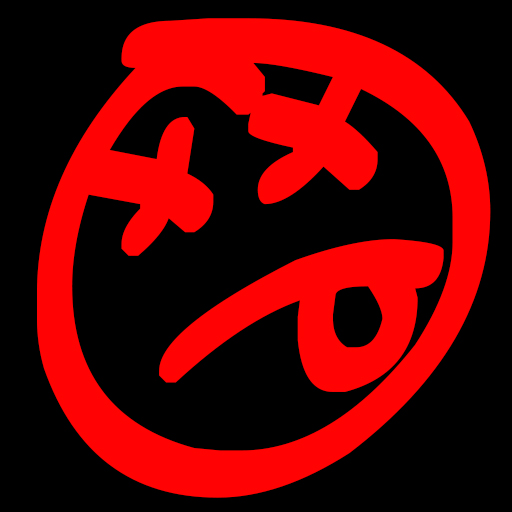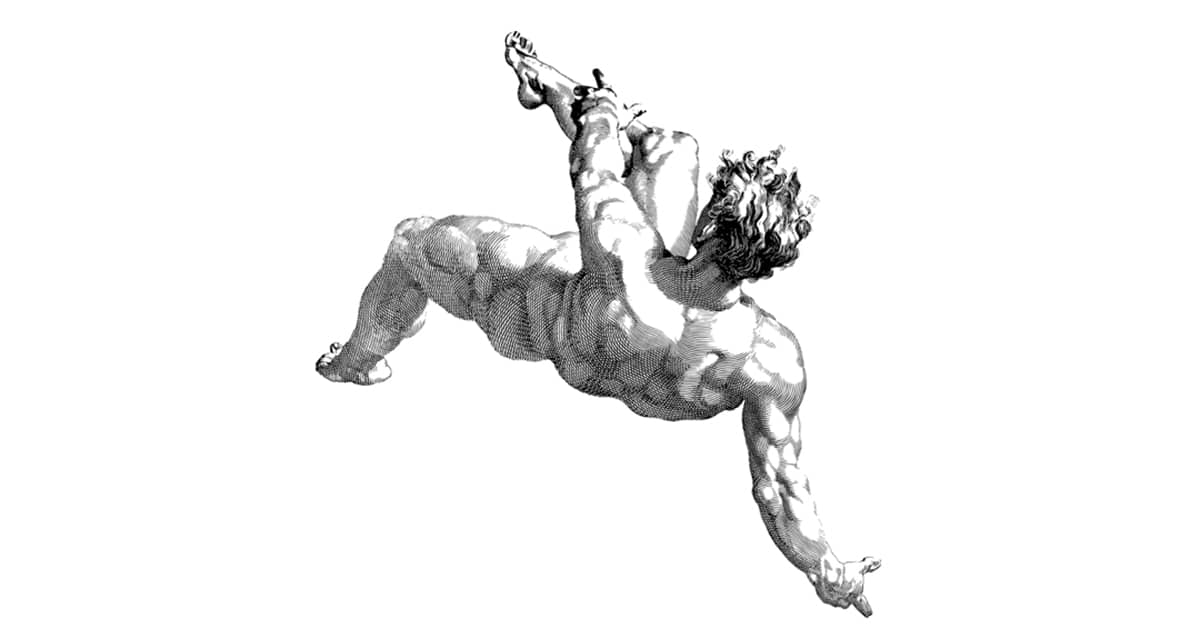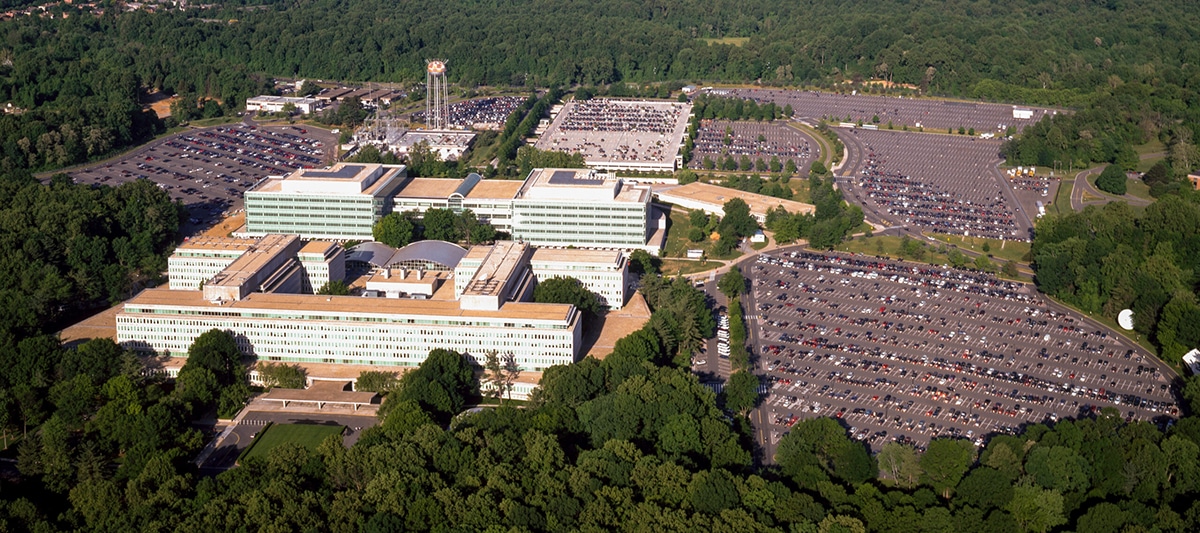

Public education by Algharib
Credentialism And The Fate Of Academia
by Lawrence Davidson | Feb 10, 2023
Part l—Education’s Historical Purposes
Public education in the United States has always had very specific objectives: (1) It aims to produce qualified workers for a multilayered labor market. Two hundred years ago, at the college level, this meant doctors, lawyers and Protestant pastors. For the last one hundred years or so, higher education has served a broader middle class, white collar market. The shortage of “voc-tech” options is a function of modern cultural bias—such career paths have long been seen as lower class and traditionally came through an apprenticeship. These were careers that got one’s hands dirty. Even today such work does not lead to high starting salaries. Educational institutions did not create these dichotomies. They just conformed to them. (2) Public education aims to produce aware and loyal citizens. This used to be done at the lower educational levels in civics courses, but many of these have fallen victim to financial exigencies. U.S. history and courses on “government” offered at middle and high school stages were supposed to pick up where civics left off. However, this was never a systematic effort. When it comes to higher education, enrollment in courses in U.S. history and relevant political science offerings suffer due to the “consumer” approach to education. Students often see such courses as requiring “too much work” and, of course, what does one do with a “history major”? Business courses are all the rage—again for economic and class based reasons. Please note that the production of aware and loyal citizens is not the same as graduating critical thinkers. In fact there might be a contradiction between the two.
Today, public education at all levels is confronted with a curriculum crisis. Irate parents want to censor local and national history, the range of acceptable literature, and even set limits on what they believe is a tolerable approach to biology. At the college level, a “market” orientation has led state education administrators to favor the above-mentioned “consumer choice” approach. Under this system you get the following weirdness: philosophy should compete with English literature and/or history, etc. for “consumer” student enrollment—after all, all these subjects supply “the same humanities credits”. Education has finally turned its back on the ideal of a liberal arts education.
Part II—Demise of the Basic College Degree?
It is against this background that a move is growing in both government and some categories of business (high tech) to do away with the college degree requirement for many entrance level positions. This is a trend that will no doubt continue and reflects a return to the older definition of education as a path to a vocation. It also says something about the true status of the loyal citizen.
On 18 January 2023 in one of his first official acts as the new governor of Pennsylvania, Josh Shapiro officially removed the requirement for a basic liberal arts college decree for over 90 percent of positions in the state’s government—about 65,000 jobs. In this he was preceded by Maryland and Utah. The New York Times columnist, Frank Bruni, commented in a piece entitled “Something very important for Democrats just happened in Pennsylvania” that he saw it as recognition that the basic liberal arts degree “is … often less relevant [in the job market] than work and life experiences that have nothing to do with lecture halls.” He might have just as well put it the other way around, that the American labor market does not require liberal arts experience (perhaps available in some lecture halls) at all. It only requires knowledge in terms of specializations. Either way you want to phrase it, the U.S. job market is slowly doing away with the liberal arts degree as a job required credential.
Most folks think this is a good idea. As the editors of the New York Times put it, “It would bring a greater degree of openness and fairness into the labor market and send a message about the government’s ability to adapt and respond to the concerns of its citizens. In a country where a majority of people do not have bachelor degrees [63 percent], policies that automatically close off jobs to so many people contribute to the perception that the system is rigged against them.” The NYT leaves out the fact that such “rigging” is inevitable given the sort of class-conscious capitalist system the U.S. boasts as its own.
A good part of the college student body is probably thinking, “it is about time!” Most faculty members at the nation’s colleges and universities have long recognized that an embarrassingly high number of their students do not want to be where they are. It is the credentialism culture that got them into the classroom and kept a lot of them there for four or more years.
In other words, most students do not enjoy studying and, even given lots of enticements, have only a narrow range of interests. I once asked a lecture hall full of students how many of them would opt for a less demanding route to what they considered a good job. Two-thirds of the class raised their hands. I knew back then that someday this would cost folks like me our own jobs.
Part III—What is Higher Education To Do?
Let’s now turn to the Philadelphia Inquirer’s columnist Will Bunch, who on 29 January wrote about his recent experience at the Yale Higher Education Leadership Summit, a meeting of “roughly 50 of the nation’s top higher-ed leaders.” Here Bunch confirms that “the women and men who run America’s 4,360 four- and two-year colleges and universities are acutely aware” of the crisis of credentialism. They know that “enrollment in U.S. colleges have fallen by 1 million students in the last two years and is still falling.” Indeed, to the extent that credentialism may no longer fuel the demand for a college education, America’s colleges and universities are facing a potential “existential crisis.”
Actually, there has long been a standard, if inadequate, answer to this problem. Bunch quotes Robert Iuliano, president of Gettysburg College: “Colleges need to stress not only the economic benefit of an advanced education but also a sense of commitment to the common good, the commonwealth.” Bunch follows up by noting that it might be “a dubious idea that higher education is almost solely about careerism, and not the wider knowledge and critical thinking skills that comes from liberal arts learning.”
This lament over missing learning paths to worldly wisdom is not going to save academia, because such goals were never primary for American schools at any level. Therefore, the claim that college and university education gives most students a “commitment to the common good” or “critical thinking skills” or even a sense of human accomplishment over time, is at best an idealization and at worse a conceit. For instance, consider the following:
According to the Foundation for Critical Thinking: (1) “Most college faculty at all levels lack a substantive concept of critical thinking.” (2) Most college faculty (about 86%) don’t realize their own deficiency in this regard and believe that they sufficiently understand critical thinking. They “assume they are already teaching it to students.” (3) “Lecture, rote memorization, and (largely ineffective) short-term study habits are still the norm in college instruction and learning today.”
The sixth annual analysis of core curricula (2014) of 1,098 four-year colleges and universities by the American Council of Trustees and Alumni found that just 18% of schools require American history to graduate, 13% require a foreign language and 3% economics. The head of the survey, Mr. Michael Poliakoff, says “the lack of a rigorous core curriculum is behind the failure to learn. At stake, he says, is the nation’s civic and economic health.”
The lack of a broader knowledge-based curricula may negatively impacts “civic health,” but it cannot be blamed for a failure to supply the needs of national economy. The system is simply not designed to meet Poliakoff’s broader goals. Let’s elaborate a bit on the points made at the beginning of this essay.
As noted, the notion of educational proficiency has always been tied to making a living. In other words, over the ages, either through apprenticeship or formal schooling, what most students have learned is what their economic environments required of them. Thus, today, whether one wants to be a business person or a computer technician (or, for that matter, a plumber), the primary curriculum is vocational and everything else is, shall we say, elective. This elective category may or may not include critical thinking skills which, in any case, is a subject that is often looked upon with suspicion by local school boards. By the time American kids are in junior high school, a good number of them know the difference between what is vocationally valuable and what is not, and most focus their attention on what they believe will be economically beneficial. This means that it is not the school per se, or the teachers, that are actually setting the priorities for learning. It is the community job market.
Given this market-based criteria for learning, almost all American schools, even the “failing” ones, deliver employment knowledge relevant to their locale. You might think that this claim is off base, but it really is not. High-end public schools cater to students who, by virtue of their class (and in the U.S., racial) background, mostly have professional career expectations. And that is the educational preparation they get. Just so, low-end schools (admittedly underfunded) cater to those who for the most part have been conditioned by their circumstances to have different expectations, and they are educated accordingly. I am certainly not claiming this is a good thing, only that this is the way it works.
When it comes to producing a loyal citizen the goal of civic awareness has gone out of fashion. It now appears sufficient that
students in the lower grades learn a sanitized and idealized story of their country and internalize the myth that it is the “best and freest” nation on the planet—all of which is reinforced by their general cultural milieu and the media. What of the 32 percent of the student body going to college? Well, they too are deficient in civic awareness, and almost all of them will stay that way. Any radical leftists floating around the edges of our universities and colleges are, at present, no threat to the system, dysfunctional as it is.
At this superficial level, producing loyal and passive citizens is something our schools do pretty well. The uncritical thinking aspect of this goal serves a purpose and puts in doubt the place of critical thinking in any national curriculum. For a nation of critical thinkers would, from the perspective of citizen loyalty, be a dangerous thing. It brings up the question of whether you can have a stable community when everyone is thinking critically about how the community is being run.
Part IV— The Other Shoe Drops
If this trend back to a vocational, consumer choice curriculum at the level of higher education continues, the numbers of college and university students, and their faculty, will continue to fall. In the process, those who will go the way of the dodo will be just those associated with that ideal of higher education as a route to “commitment to the common good” and “wider knowledge and critical thinking skills.” They are just not vocationally necessary. And therefore, more and more educational administrators (themselves products of vocational education), ever budget conscious, are already deciding that tossing such topics overboard, or at least making them optional, is the only way to keep the consumer-centered academic boat afloat.




